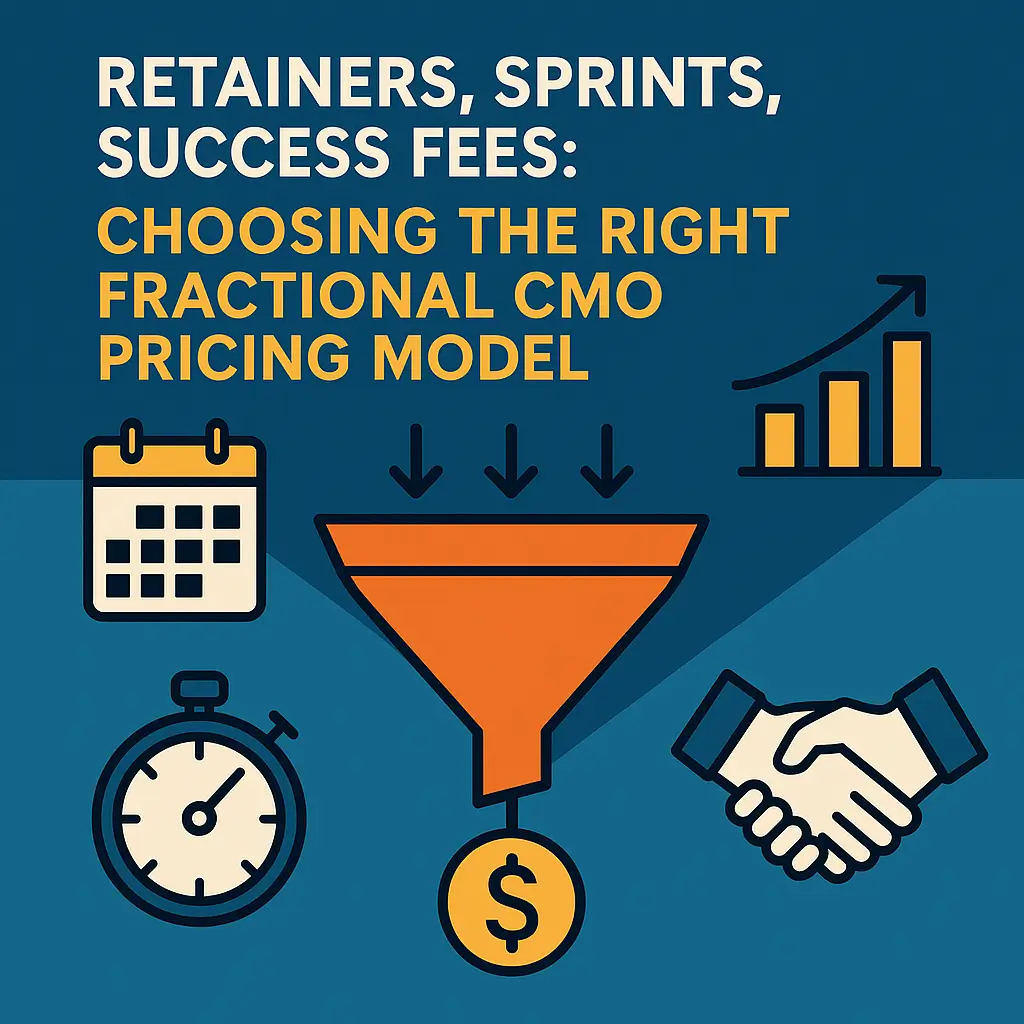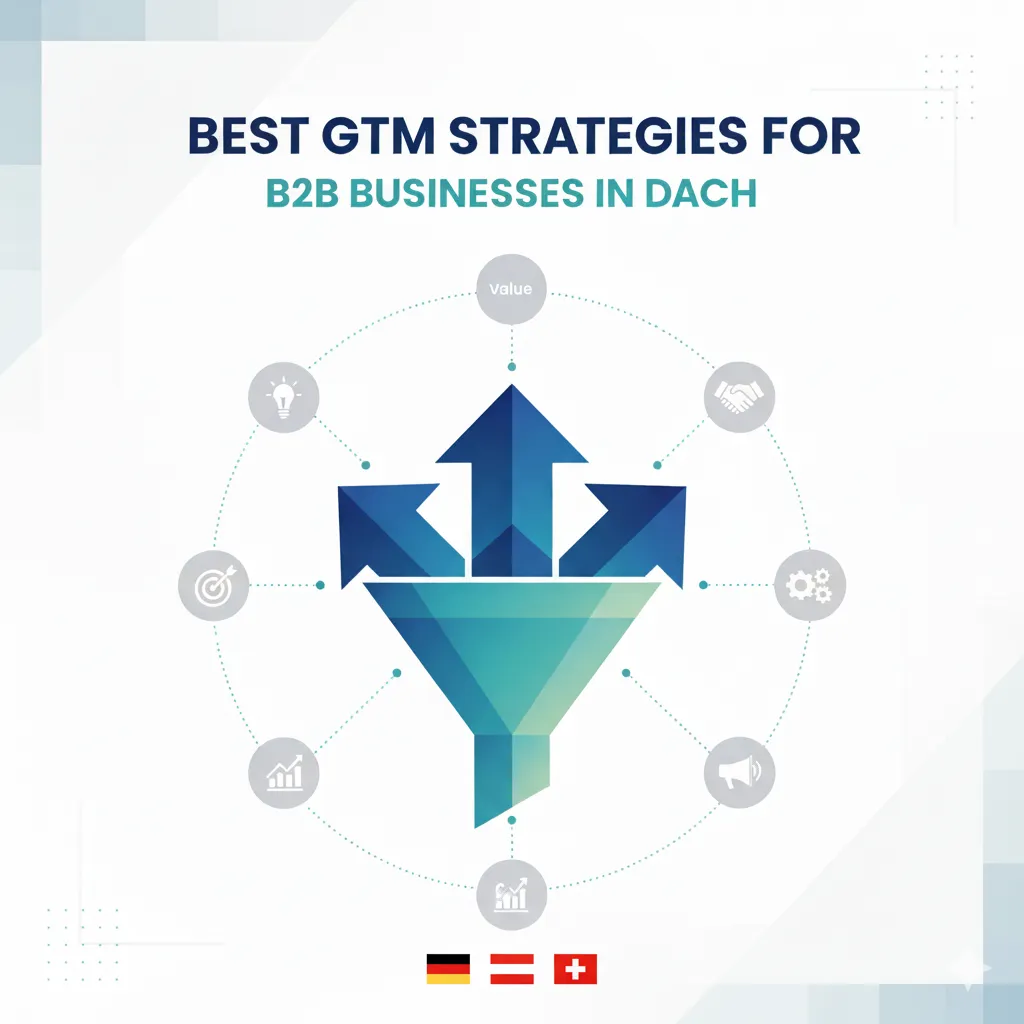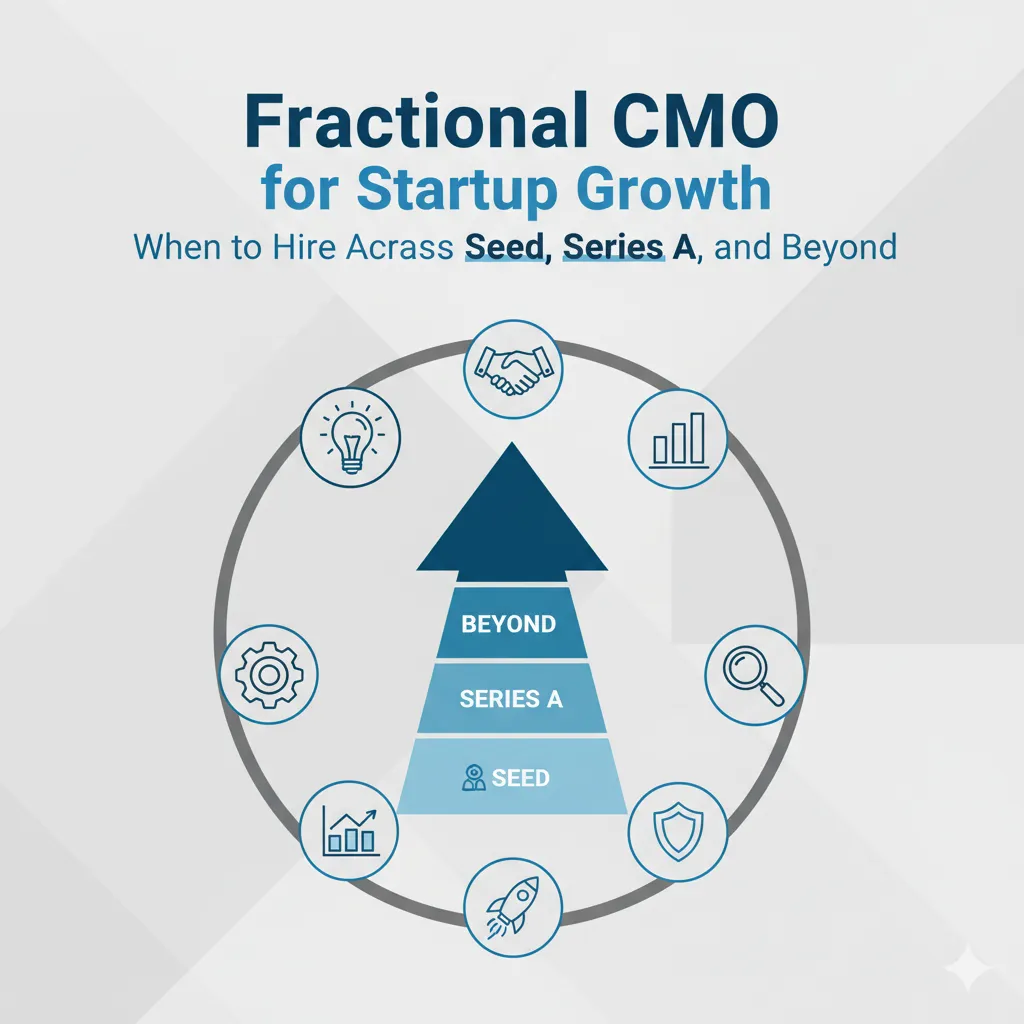Sales professionals are abandoning cold calling at an unprecedented rate, with studies showing that response rates have plummeted to just 2-4% in recent years. Meanwhile, cold email outreach continues to deliver average response rates between 8-15%, fundamentally shifting how B2B teams approach prospecting. This dramatic performance gap in cold email outreach vs cold calling isn’t just about convenience—it’s about buyer behavior evolution and technological advancement creating new pathways to decision-makers.
Modern executives increasingly prefer asynchronous communication that respects their schedules and allows thoughtful consideration of proposals. The data reveals a compelling truth: email outreach now generates qualified leads at roughly one-third the cost of phone-based prospecting, while offering superior scalability and measurability. Smart sales organizations are reallocating resources accordingly, building sophisticated email sequences that nurture prospects through multiple touchpoints rather than relying on interruption-based calling strategies that frustrate more prospects than they convert.
Contents
Key Takeaways
- Cold email outreach delivers 2-4x higher response rates compared to traditional cold calling methods
- Email prospecting costs approximately 70% less per qualified lead than phone-based outreach campaigns
- Modern buyers prefer asynchronous communication that allows them to respond on their own timeline
- Email campaigns offer superior scalability and tracking capabilities for data-driven optimization
- Personalized email sequences can nurture prospects through multiple touchpoints more effectively than single phone calls
Response Rate Reality: The Numbers Don’t Lie
Email Outreach Performance Metrics
The performance gap between email and phone outreach becomes crystal clear when examining actual response rates. Cold email campaigns consistently achieve response rates between 3-8% when properly executed, with some highly targeted campaigns reaching as high as 15%. These figures come from analyzing thousands of campaigns across various industries and company sizes.
Email’s superior performance stems from its non-intrusive nature. Recipients can review your message when they’re mentally prepared to consider new solutions, rather than being caught off-guard during a busy workday. This fundamental difference in timing creates a more receptive audience for your message.
Cold Calling’s Declining Effectiveness
Cold calling, once the backbone of B2B sales, now struggles with response rates below 4% in most industries. The decline isn’t just about technology or caller ID—it reflects a fundamental shift in how decision-makers prefer to receive and process business information. Modern executives are inundated with interruptions throughout their day, making unsolicited phone calls increasingly unwelcome.
The statistics paint a stark picture: it now takes an average of 18 attempts to connect with a buyer by phone, compared to just 3-5 email touches to generate a meaningful response. This efficiency gap translates directly into resource allocation decisions for forward-thinking sales teams.
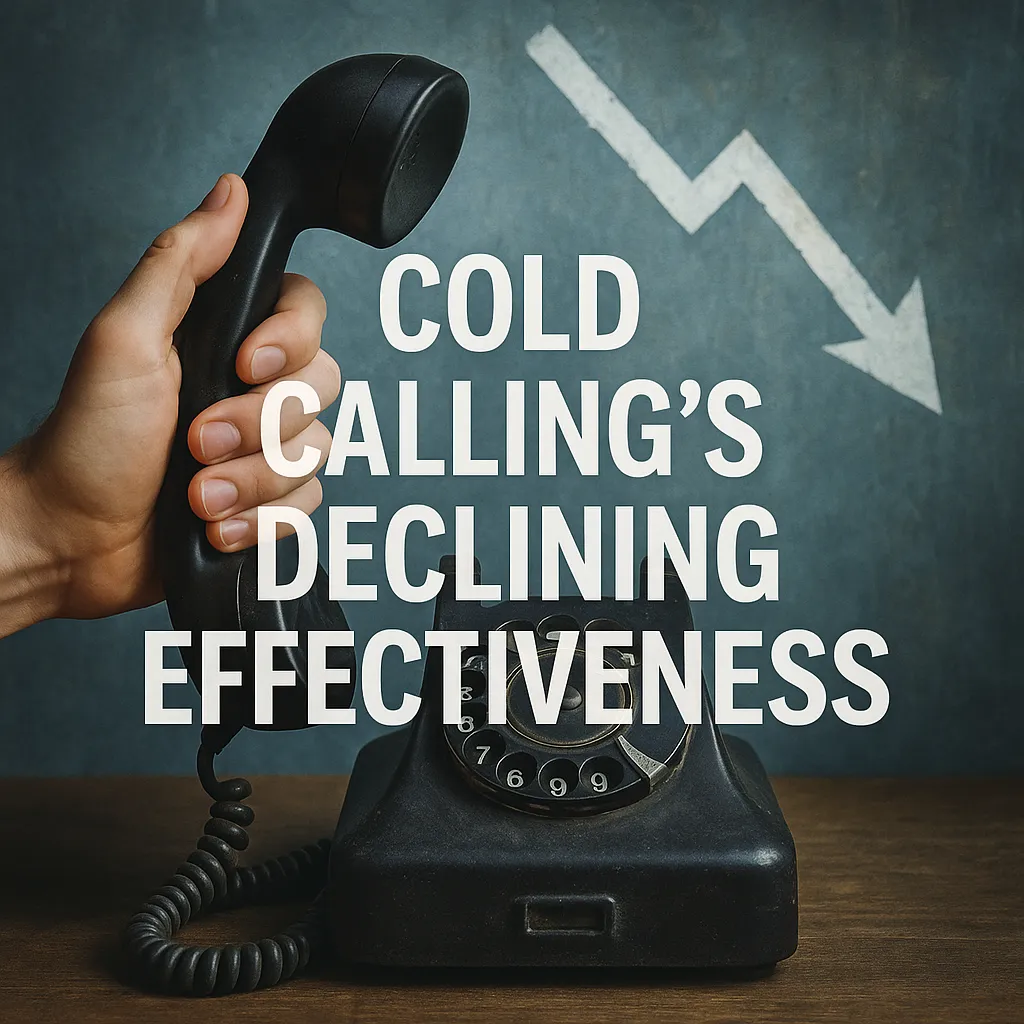
Cost Efficiency: Maximizing ROI Per Lead
The True Cost of Cold Calling
When you factor in salary, benefits, phone systems, and the time investment required for cold calling, each conversation costs approximately $15-20 to generate. This calculation includes the multiple attempts needed to reach prospects, time spent leaving voicemails, and the administrative overhead of managing call lists and follow-ups.
The hidden costs extend beyond direct expenses. Sales representatives can typically make 50-80 calls per day, but meaningful conversations remain frustratingly rare. This low conversion rate means significant time investment with minimal return, creating opportunity costs that compound over time.
Email’s Economic Advantage
Email outreach operates with dramatically different economics. Once you’ve invested in effective email strategies, the marginal cost per additional email approaches zero. A single sales representative can send 100-200 personalized emails daily, reaching exponentially more prospects than phone-based approaches allow.
The cost per qualified lead through email typically ranges from $5-8, representing a 60-70% reduction compared to cold calling. This efficiency gain allows sales teams to either reduce acquisition costs or reinvest savings into higher-quality prospect research and personalization efforts.
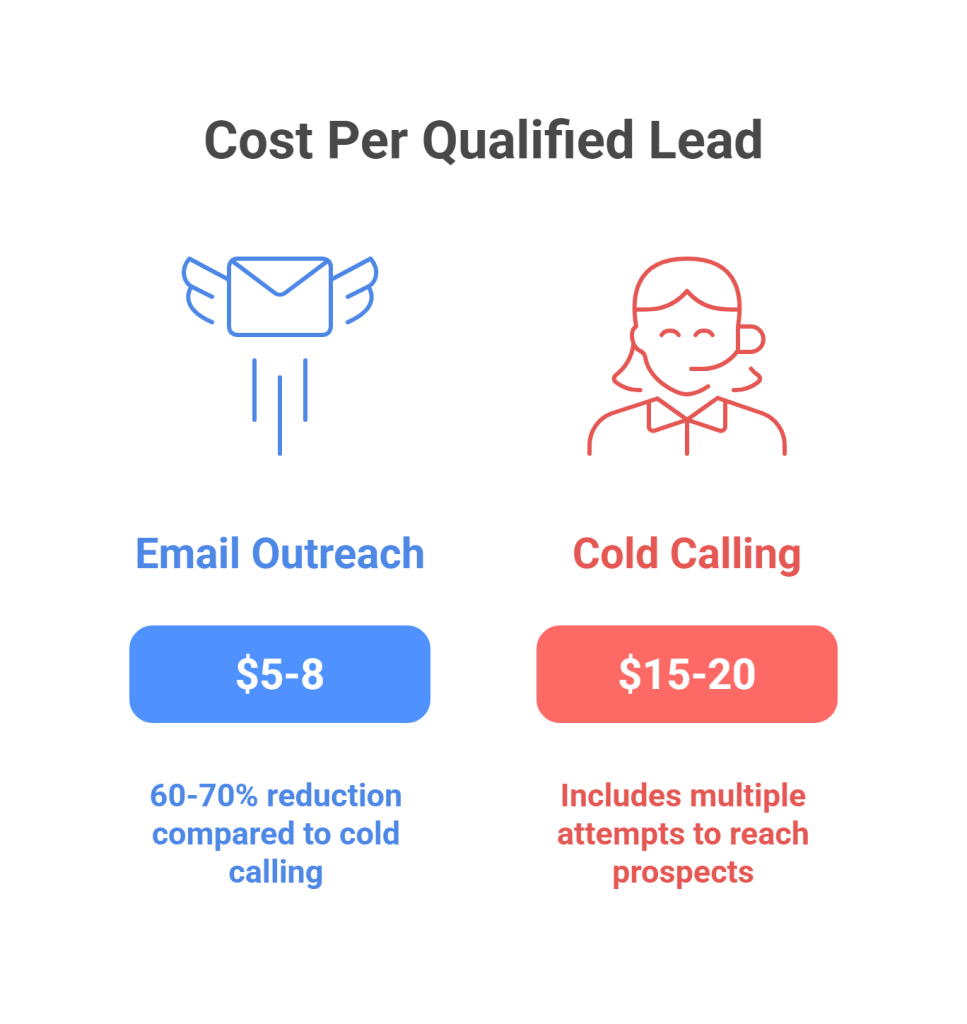
Buyer Preferences: Meeting Prospects Where They Are
The Asynchronous Advantage
Today’s B2B buyers increasingly prefer communication methods that fit their schedules rather than interrupt their workflows. Email provides this flexibility naturally, allowing prospects to engage on their timeline while having complete information at their fingertips for reference and sharing with team members.
This preference isn’t just about convenience—it’s about decision-making quality. Email allows prospects to carefully consider your proposal, research your company, and even share information with colleagues before responding. This thoughtful evaluation process often leads to higher-quality conversations when prospects do engage.
Information Processing and Decision Making
Modern buyers conduct extensive research before engaging with vendors. Email supports this research process by providing written documentation that prospects can save, forward, and reference during their evaluation process. Phone conversations, regardless of how compelling, lack this persistent reference value that supports complex B2B decision-making.
Email also accommodates the reality of committee-based purchasing decisions. A single email can be forwarded to multiple stakeholders, shared in team meetings, and referenced during budget discussions—capabilities that phone conversations simply cannot match.
Scalability and Automation: Building Systems That Scale
Technology-Enhanced Personalization
Modern email platforms enable sophisticated personalization at scale through automation and data integration. Sales teams can create dynamic email sequences that adapt based on prospect behavior, company characteristics, and industry-specific pain points. This level of customization would be impossible to maintain across hundreds of phone conversations.
The technology stack supporting email outreach continues evolving rapidly. AI-powered writing assistants, advanced segmentation tools, and behavioral triggers allow even small sales teams to operate with the sophistication previously available only to enterprise organizations.

Measurement and Optimization
Email campaigns provide granular analytics that enable continuous improvement. Open rates, click-through rates, response rates, and conversion metrics offer clear insights into what messaging resonates with different prospect segments. This data-driven approach allows teams to optimize performance systematically rather than relying on anecdotal feedback from individual phone conversations.
The ability to A/B test subject lines, messaging approaches, and call-to-action strategies creates a learning system that improves over time. Cold calling offers no equivalent mechanism for systematic optimization and improvement.
Strategic Implementation: Building Your Email Advantage
Sequence Design and Timing
Effective email outreach relies on carefully crafted sequences that provide value while building relationships over time. The most successful campaigns typically include 5-7 touchpoints spread across 2-3 weeks, with each email serving a distinct purpose in the relationship development process.
Comprehensive outreach strategies combine educational content, social proof, and specific value propositions to maintain prospect interest throughout the sequence. This multi-touch approach contrasts sharply with cold calling’s single-interaction model.
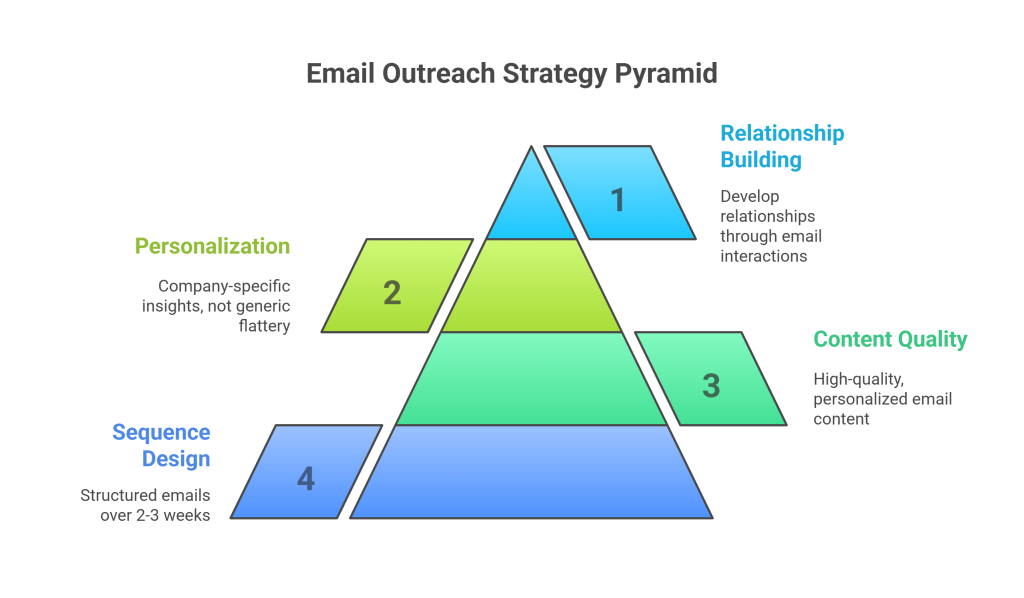
Content Quality and Personalization
The written nature of email outreach demands higher-quality content than phone conversations, but this requirement becomes an advantage when executed properly. Well-researched, personalized emails demonstrate professionalism and attention to detail that builds credibility immediately.
Successful email campaigns avoid the common pitfalls that plague most outreach efforts. Personalization strategies that scale effectively focus on company-specific insights rather than generic flattery, creating genuine relevance that captures prospect attention.
FAQ
What response rates can I expect from cold email vs cold calling?
Cold email outreach typically generates response rates between 8-15% when properly executed, while cold calling averages just 2-4%. Email’s non-intrusive nature and timing flexibility contribute to this significant performance advantage, allowing prospects to engage when they’re mentally prepared to consider new solutions.
How much does each method cost per qualified lead?
Cold calling costs approximately $15-20 per meaningful conversation when factoring in salary, systems, and time investment. Email outreach operates at $5-8 per qualified lead, representing a 60-70% cost reduction. This efficiency gap allows teams to either reduce acquisition costs or reinvest savings into better prospect research.
Which approach scales better for growing sales teams?
Email outreach offers superior scalability through automation and technology integration. A single representative can send 100-200 personalized emails daily compared to 50-80 phone calls, while email platforms provide analytics for systematic optimization. Cold calling relies heavily on individual performance without equivalent measurement capabilities.
Do buyers actually prefer email over phone outreach?
Modern B2B buyers increasingly prefer asynchronous communication that fits their schedules and supports their research process. Email allows prospects to save, forward, and reference information during committee-based purchasing decisions, while providing the documentation needed for complex B2B evaluations that phone conversations cannot match.


